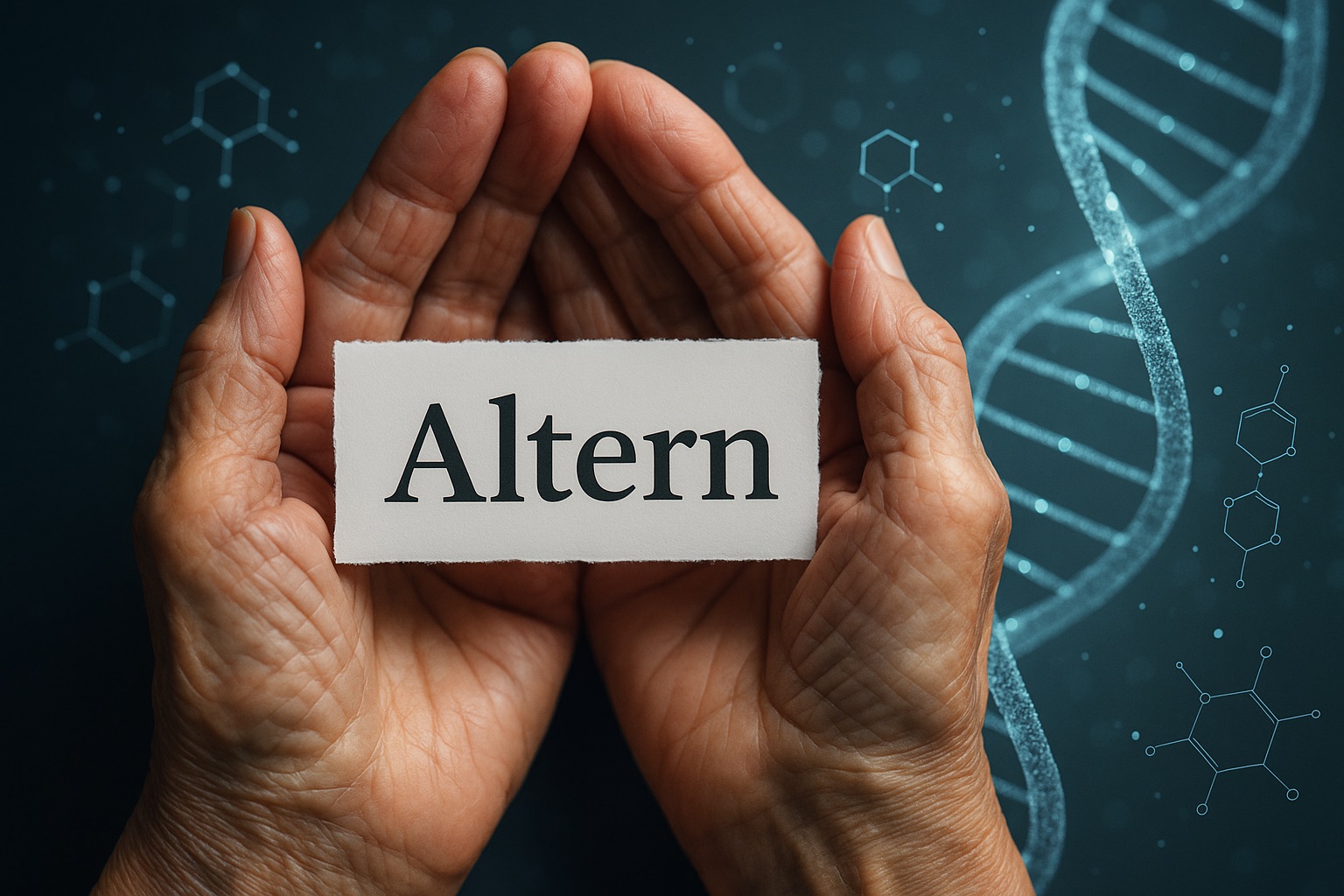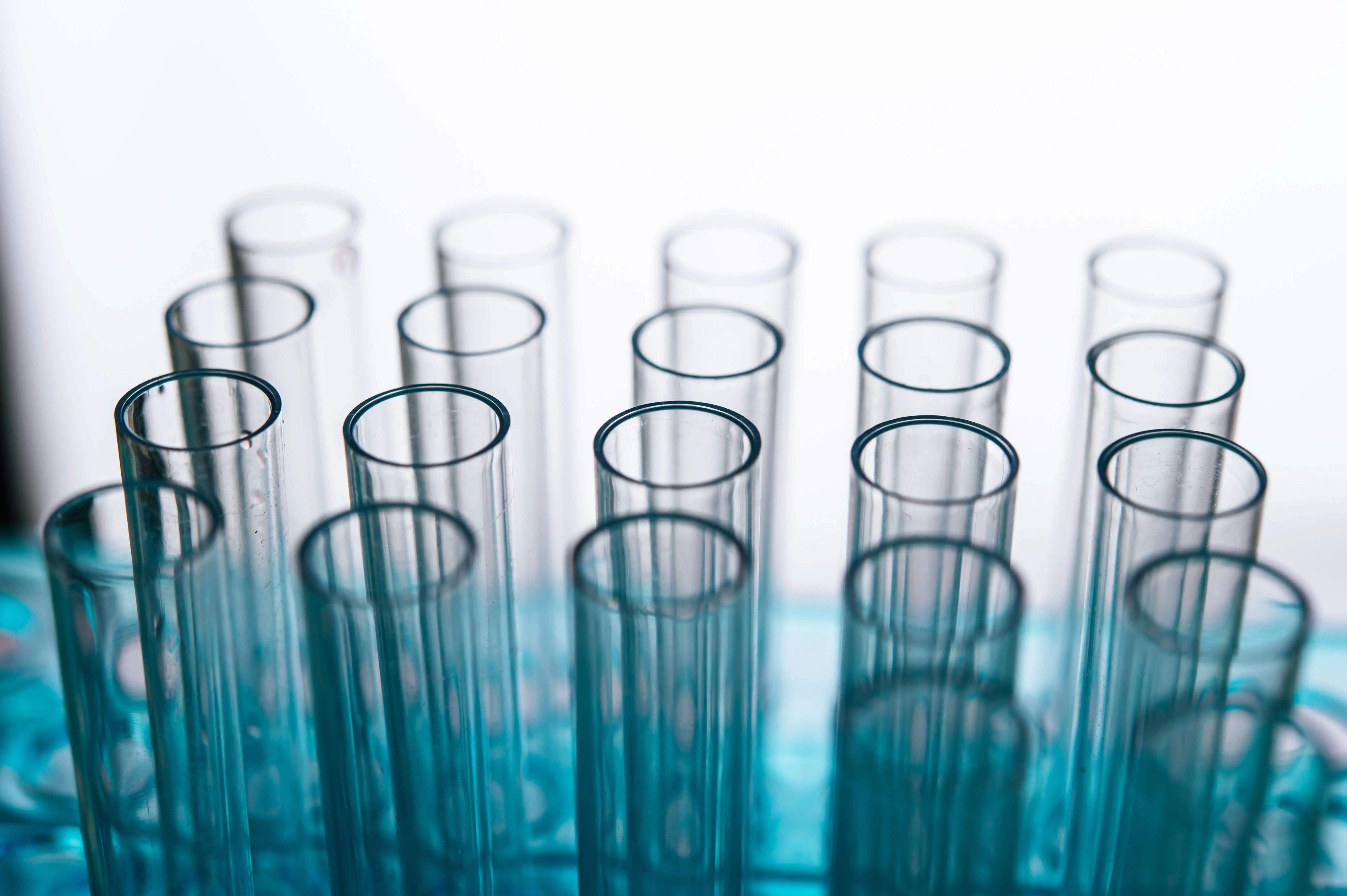Healthy Aging: Medicine’s New Fight Against Disease and Decline
Innovative therapies slow aging processes to extend healthy years and prevent chronic illnesses

We're living longer today than ever before — but the question remains: How many of these extra years do we really spend healthily?
A recent review in Journal of the American Medical Association (JAMA) describes new strategies to slow down the biological processes of aging. The aim is to prevent or delay several chronic diseases at the same time — one of the biggest challenges of modern medicine.
A paradigm shift in medicine
More and more people are reaching old age — but the last years of life are often marked by illnesses. Until now, medicine has focused primarily on treating individual diseases such as cancer, heart problems or diabetes.
Researchers all over the world are now embarking on a new path: looking at aging itself as the cause.
Instead of just fighting the symptoms of individual diseases, they want to directly influence the biological processes of aging. This approach could mean that you not only live longer — but above all gain more healthy years.
Healthspan vs. Lifespan
Lifespan Describes the entire lifespan, i.e. how old a person gets.
Healthspan means the years in which you live healthily and actively — without serious chronic illnesses.
Why this approach is so important
Many age-related diseases have common causes. These include inflammatory processes, damaged cells and declining cell metabolism. If these mechanisms can be influenced at an early stage, several diseases could be delayed or even prevented at the same time.
The goal is clear: People should not only get older, but also live independently for longer — and at the same time relieve the burden on the healthcare system.
New therapies in research
Many of these approaches are still in the research stage. But there are already exciting developments:
- Metformin — a well-known drug for diabetes — is being investigated to see whether it can slow down aging processes.
- GLP-1 receptor agonists such as semaglutide (known from obesity treatment, for example) show effects that resemble calorie restriction — one of the best-studied factors for healthy aging.
- Senolytics are active substances that break down so-called “senescent cells.” These old, dysfunctional cells can promote inflammation and are considered an important driver of aging.
- Lifestyle interventions Such as fasting, targeted nutrition, exercise, sleep and stress management remain a stable basis — and have been shown to have an effect on the same biological mechanisms.
What are senescent cells?
Senescent cells no longer divide but are still active. They release messenger substances that can promote inflammation and damage other cells. Senolytics are intended to break down these cells in a targeted manner and thus “rejuvenate” the tissue.
The role of biological markers
Biological aging markers are an important innovation in research — they provide information about How old the body really is — regardless of the number of years of life. They provide a more accurate picture of the aging process and help researchers to better evaluate the effect of therapies and prevention.
The most well-known markers include:
- epigenetic clocks (e.g. DNA methylation)
- telomere length (protective caps of chromosomes)
- certain levels of inflammation in the blood
In the future, these markers could help to better evaluate therapies and develop individual prevention strategies.
What that means for us
Research is still in its infancy. Many of these drugs and methods are currently being tested and have not yet been approved for widespread use. Nevertheless, there are clear prospects: If we succeed in directly influencing aging processes, this could revolutionize our understanding of health.
For today, this already means:
- Lifestyle factors such as diet, exercise, sleep, and stress management remain the most effective levers for healthy aging.
- At the same time, it is worthwhile to closely monitor developments in aging research — because this is where the medicine of the future is created.
Gain accompanies these developments and translates the latest research findings into understandable, practical content — so that everyone can make informed decisions for a long, healthy life.
References
Kritchevsky SB, Cummings SR. Geroscience: A Translational Review. JAMA. 2025 Aug. 7. doi: 10.1001/jama.2025.11289. Epub ahead of print. PMID: 40773213
Publiziert
22.9.2025
Kategorie
Longevity

Experte
We're living longer today than ever before — but the question remains: How many of these extra years do we really spend healthily?
A recent review in Journal of the American Medical Association (JAMA) describes new strategies to slow down the biological processes of aging. The aim is to prevent or delay several chronic diseases at the same time — one of the biggest challenges of modern medicine.
A paradigm shift in medicine
More and more people are reaching old age — but the last years of life are often marked by illnesses. Until now, medicine has focused primarily on treating individual diseases such as cancer, heart problems or diabetes.
Researchers all over the world are now embarking on a new path: looking at aging itself as the cause.
Instead of just fighting the symptoms of individual diseases, they want to directly influence the biological processes of aging. This approach could mean that you not only live longer — but above all gain more healthy years.
Healthspan vs. Lifespan
Lifespan Describes the entire lifespan, i.e. how old a person gets.
Healthspan means the years in which you live healthily and actively — without serious chronic illnesses.
Why this approach is so important
Many age-related diseases have common causes. These include inflammatory processes, damaged cells and declining cell metabolism. If these mechanisms can be influenced at an early stage, several diseases could be delayed or even prevented at the same time.
The goal is clear: People should not only get older, but also live independently for longer — and at the same time relieve the burden on the healthcare system.
New therapies in research
Many of these approaches are still in the research stage. But there are already exciting developments:
- Metformin — a well-known drug for diabetes — is being investigated to see whether it can slow down aging processes.
- GLP-1 receptor agonists such as semaglutide (known from obesity treatment, for example) show effects that resemble calorie restriction — one of the best-studied factors for healthy aging.
- Senolytics are active substances that break down so-called “senescent cells.” These old, dysfunctional cells can promote inflammation and are considered an important driver of aging.
- Lifestyle interventions Such as fasting, targeted nutrition, exercise, sleep and stress management remain a stable basis — and have been shown to have an effect on the same biological mechanisms.
What are senescent cells?
Senescent cells no longer divide but are still active. They release messenger substances that can promote inflammation and damage other cells. Senolytics are intended to break down these cells in a targeted manner and thus “rejuvenate” the tissue.
The role of biological markers
Biological aging markers are an important innovation in research — they provide information about How old the body really is — regardless of the number of years of life. They provide a more accurate picture of the aging process and help researchers to better evaluate the effect of therapies and prevention.
The most well-known markers include:
- epigenetic clocks (e.g. DNA methylation)
- telomere length (protective caps of chromosomes)
- certain levels of inflammation in the blood
In the future, these markers could help to better evaluate therapies and develop individual prevention strategies.
What that means for us
Research is still in its infancy. Many of these drugs and methods are currently being tested and have not yet been approved for widespread use. Nevertheless, there are clear prospects: If we succeed in directly influencing aging processes, this could revolutionize our understanding of health.
For today, this already means:
- Lifestyle factors such as diet, exercise, sleep, and stress management remain the most effective levers for healthy aging.
- At the same time, it is worthwhile to closely monitor developments in aging research — because this is where the medicine of the future is created.
Gain accompanies these developments and translates the latest research findings into understandable, practical content — so that everyone can make informed decisions for a long, healthy life.
Experte
Referenzen
Kritchevsky SB, Cummings SR. Geroscience: A Translational Review. JAMA. 2025 Aug. 7. doi: 10.1001/jama.2025.11289. Epub ahead of print. PMID: 40773213
Publiziert
22.9.2025
Kategorie
Longevity

.svg)














